The kitchen hood filter, whether extractor or filter, determines the good quality of the air and prevents the stagnation of bad smells.
How to choose the filter for the kitchen hood
Before choosing the kitchen hood It is necessary to know that there are different types of products on the market filtersincluding:
- filter to carbone standard
- filter to long-lasting carbon
- filter grassi
- filter ceramic
- filter al plasma.
How to choose the kitchen hood filter – Getty Images photo
The extractor hood It is a fundamental household appliance as it performs the function of purify the air of the kitchen, as well as of the entire living area in the case of an open space, eliminating saturation produced by combustion fumes resulting from cooking food.
In this article we discover what are the characteristics that distinguish the different filters in order to be able to choose the most suitable one to the hood of our kitchen.
Differences between extractor hood and filter hood
Let’s clarify, because sometimes the two most used terms in reference to the hood are confused, namely aspirating and filtering.
They are not synonyms of the same technology, in fact, they indicate two completely different situations.
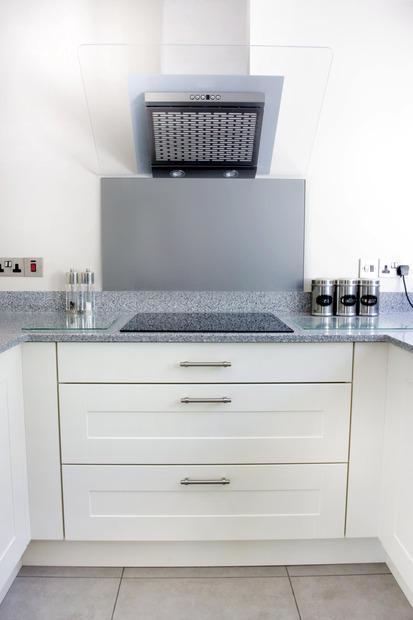 Extractor or filter hood – Getty Images photo
Extractor or filter hood – Getty Images photo
The extractor hood is the one equipped with a special duct through which the fumes produced in the kitchen are released and diverted on the outside of the home, in this case we have reduced noise and high performance in terms of smoke elimination.
The filter hood It absorbs fumes and odors through a special filter, generally activated carbon, and then reintroduces clean air into the environment.
Therefore, we do not have a direct expulsion towards the outside like that which occurs with the extractor hood.
The extractor hood is combined with the grease filterwhile in the filter hood there is the activated carbon filter.
Grease filter for the extractor hood
Grease filters are found in extractor hoods and are the perfect solution for capture the grassi produced during cooking.
This type of filter guarantees excellent protection to the hood as it traps grease particles inside it, which in this way prevent them from being deposited in the internal parts of the appliance.
Grease filter for cooker hood – Electrolux
We can choose between the following materials for the composition of the grease filter:
- aluminum;
- stainless steel
- steel;
- acrylic.
In the photo above, an example of a grease filter Electrolux.
The grease filter does not require any particular maintenance, as it is sufficient to wash it every 2 o 3 mesi (always depending on use) with warm water and mild detergent.
Alternatively, we can put it in the dishwasher by setting a wash cycle at 65 degrees.
Activated carbon filter for the filter hood
Activated carbon filters are intended for filter hoods as they have the purpose of trap the particles of odors and fumes produced during cooking of food.
Activated carbon filter for filter hood by Electrolux
The peculiarity of this filter is the great porosity of its surface thanks to which the active carbons, once they have intercepted the particles generated by the combustion of food, are able to absorb all organic substances which, otherwise, would remain in the air at home.
In this way, we avoid the formation of bad odors.
In the photo above, an activated carbon filter from Electrolux which, like many other models, we can also conveniently purchase online at Amazon.
Hood with standard carbon filter
As for activated carbon filters for filter hoods, we have two options:
- standard carbon filter;
- long-life carbon filter.
The first one is given a maximum duration of three months.
With the term term This indicates the length of time during which the filter retains its ability to effectively filter fumes and odors.
Of course, this parameter varies based on the use of the hood, i.e. how much you cook at home.
In terms of cost, this is the most cost-effective solution. economicin fact the average price is around 15-20 euros, but we must consider that it will be necessary to purchase a new filter at least four times per year so that the hood can perform its task satisfactorily.
Hood with long-lasting carbon filter
The long-lasting carbon filter guarantees its effectiveness for a period of between 24 and 36 months of use (always reiterating that these results are greatly affected how much and how it is cooked).
This is a good filter, capable of absorbing, and therefore removing from the environment, up to 70% of the vapors and odors generated by cooking food and drinks.
As for its maintenance, it requires washing in the dishwasher at 70 degrees, but without adding detergent.
Alternatively, you can wash it by hand using very hot water and wiping the surface with a sponge, always without detergent.
Additionally, some long-lasting carbon filters can be regenerated which consists of washing them at 70° and then putting them in the oven to dry (as for the regeneration of the ceramic filter).
This guarantees us a duration between 3 and 5 yearsbut the downside is the costs and electricity and water consumption to carry out this regeneration.
Hood with ceramic filter
Like the long-life carbon filter, the ceramic one also has a lifespan that varies between 24 or 36 monthsand requires careful washing at high temperatures by hand, or by placing it in the dishwasher (70 degree programme), without adding detergent.
After that, it should be put in oven for the process of drying and regeneration: depending on the model, on average it takes an hour in the oven at 200 degrees with the fan on, as in the case of the model in the following photo by TEKA.
Teka regenerative ceramic filter
It is recommended to do this every 3-6 months based on the frequency of use of the hood.
The average life of the ceramic filter is three yearsbut it can reach up to cinque depending on how many times it is regenerated.
Hood with plasma filter
Il plasma filter It’s the option more performingmade functional by a ionized gas made up of electrons and ions.
It is extremely efficient while consuming only a few watts of electricity.
Another reason to opt for a plasma filter is its adaptability to almost all models of kitchen hoods, therefore wall-mounted, built-in, even ceiling-mounted and downdraft or extractor hoods, like the model in the following photo. Miele.
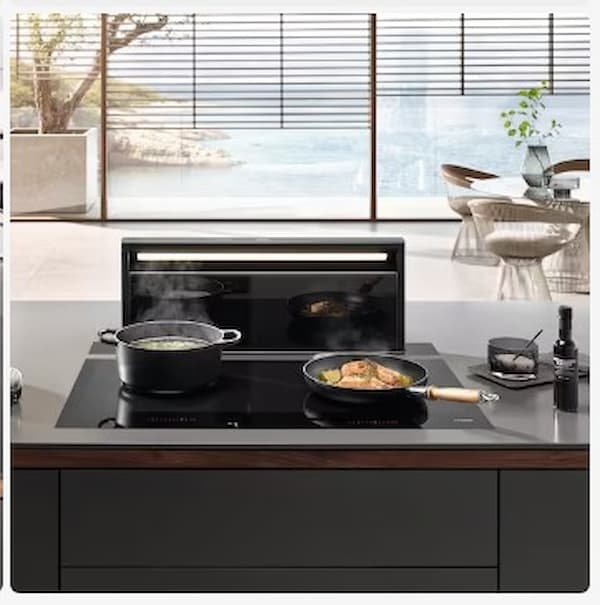 Downdraft hood by Miele
Downdraft hood by Miele
Other advantages of this choice are the fact that this filter does not require any maintenance and does not need to be replaced.
As for the odor absorption rate, we are at 99% and it is not limited to this because it is also able to eliminate viruses, spores, bacteria that may be present in the air.
Source: www.lavorincasa.it


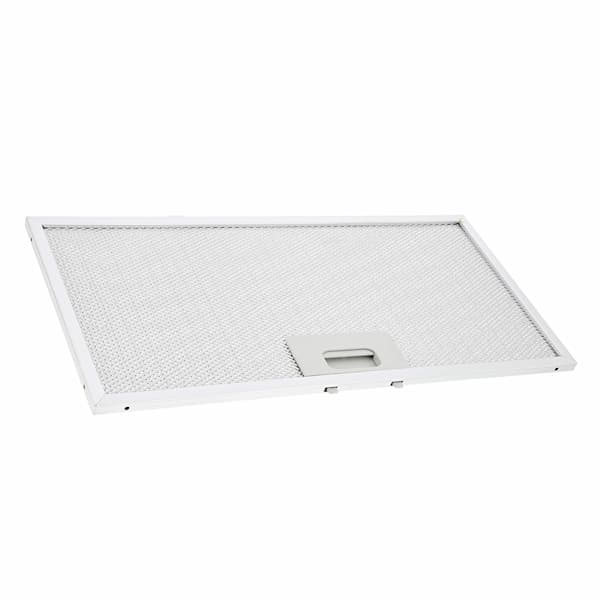 Grease filter for cooker hood – Electrolux
Grease filter for cooker hood – Electrolux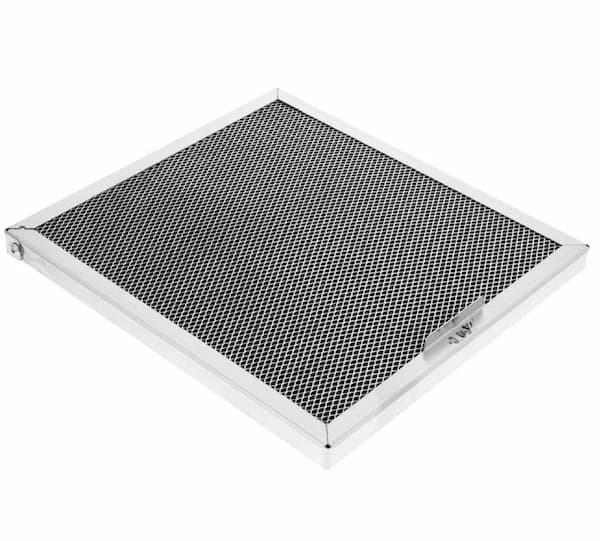 Activated carbon filter for filter hood by Electrolux
Activated carbon filter for filter hood by Electrolux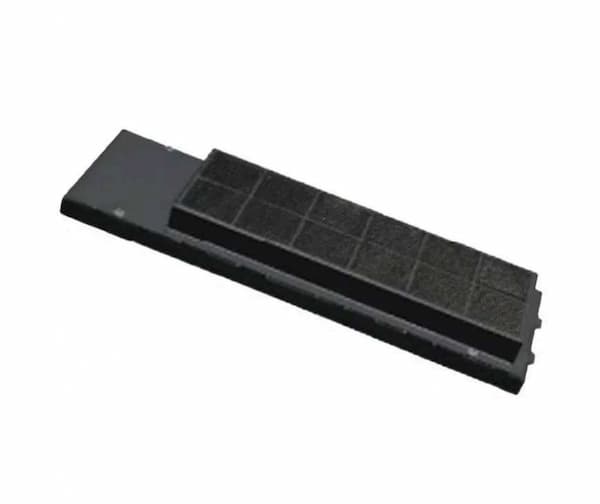 Teka regenerative ceramic filter
Teka regenerative ceramic filter